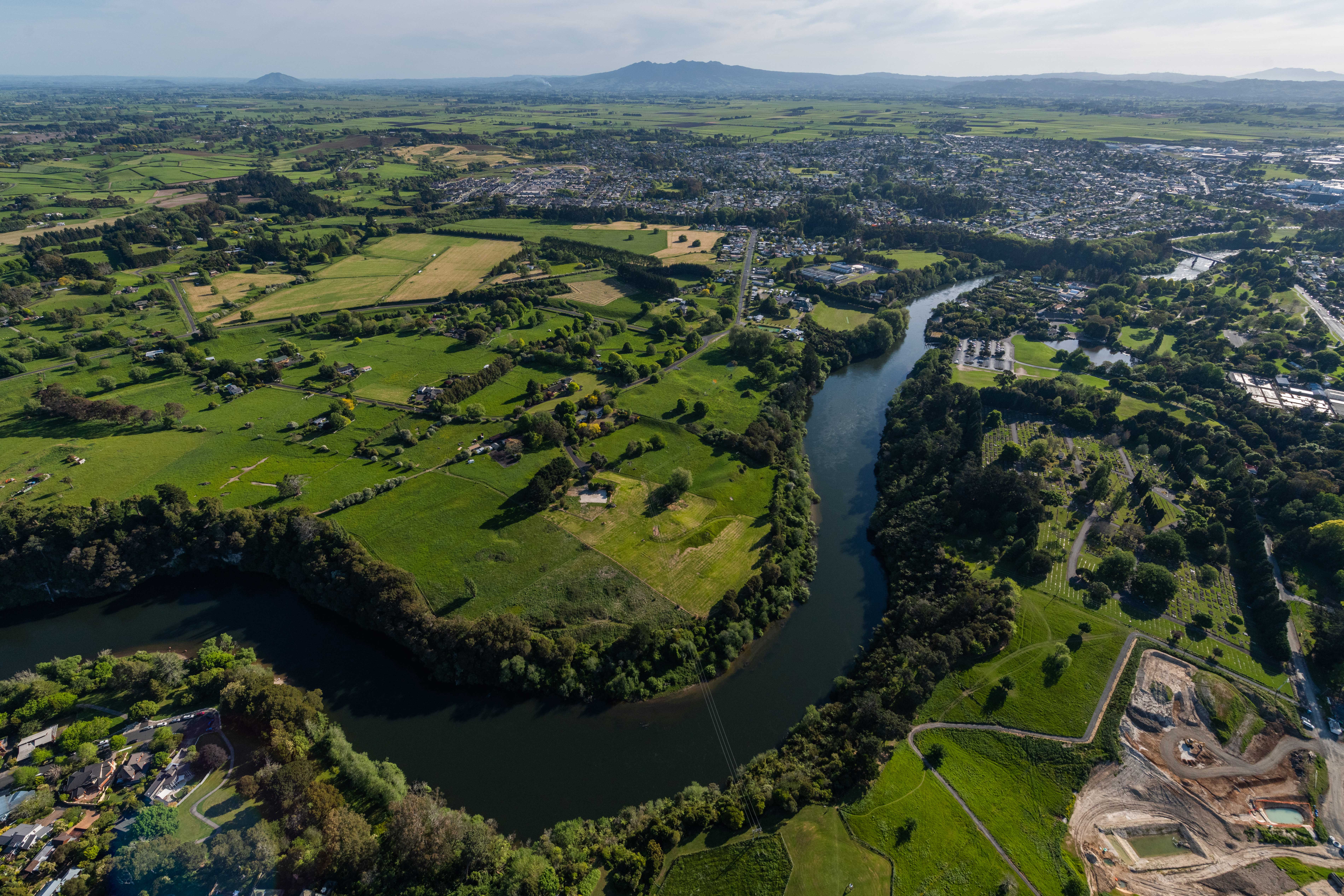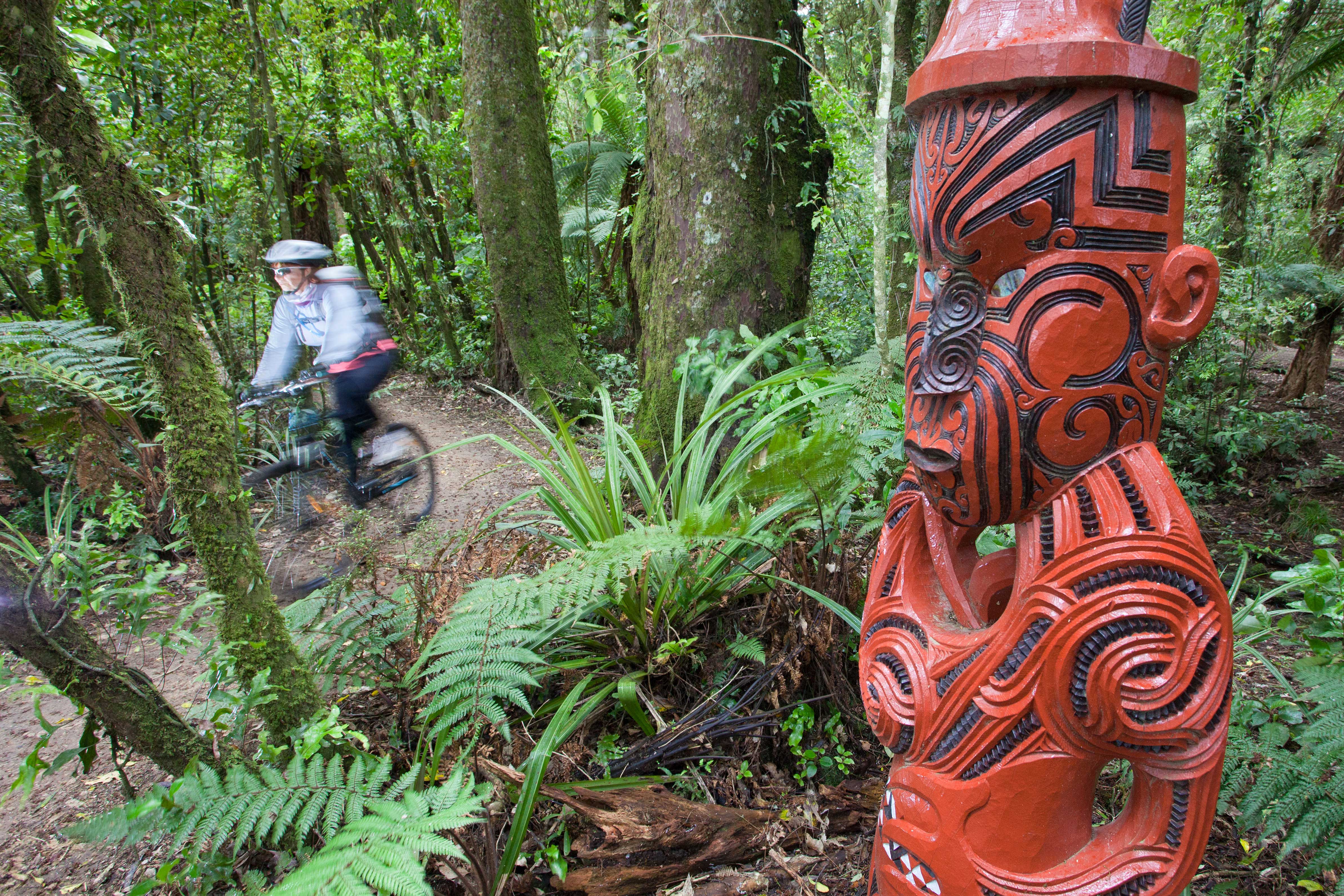Executive summary
This Waikato Regional Workforce Plan has been developed by the Waikato Regional Skills Leadership Group to provide strategic focus for all people across the region who have an interest in regional workforce planning and labour market matters.
On this page

Waikato River
Photo credit: Hamilton Waikato Tourism
The Group has built on the research, insights and recommendations of the interim Waikato Regional Skills Group (Waikato iRSLG), as well as considering the numerous economic development strategies and agendas across the region, including those produced by Te Waka, The Waikato Plan and Te Whare Ohaoha, alongside central and local government plans and programmes including the Government’s Employment Strategy.
The Group followed an agreed national approach to the development of the RWP:
- Aspirations: Identify labour market aspirations for the region.
- Analysis: Use statistical and forecast data, empirical insights and stakeholder engagement feedback to both test and refine the aspirations, and co-design potential actions.
- Action: Develop an action plan to achieve the outcomes articulated in the aspiration statements.
To define the aspirations, the Group considered the key labour market challenges (what is the problem we are trying to solve?) and the many existing interventions and actions (what is already underway?) including skills, participation, productivity and sub-regional economic drivers. They also looked closely at both the supply (people) and demand (business/industry) sides of the labour market, with a view to building tangible actions that address employment, training and education, and immigration matters.
The Group then refined this comprehensive scope into two sections of aspirations – focus sectors and themes. To support the prioritisation process, the Group applied a from farm to port lens to their thinking; that is, the sectors or industries across the entire Waikato rohe that are involved in the journey of goods from farm to port. These sectors (Primary industries, Digital Technologies, Manufacturing and Engineering, Construction and Infrastructure, Freight and Logistics) have become the focus industries for this iteration of the RWP. Future plans will address other sectors.
When considering themes, the Group looked at where explicit challenges and opportunities exist across the entire Waikato area, and agreed to include Te Ao Māori, our Waikato Workforce, Climate Adaptation and Future of Work as themes. The Group spent also spent some time considering the Healthy Communities theme. Despite not having a Health sector representative on the Group, there is some commentary provided for consideration and this industry will be explored further in the next iteration of the plan.
As well as the above, the Group also developed the following value statements that underpin their work;
- Ōritetanga (Equity): Every person in the Waikato should receive the support they need to succeed in education and achieve decent and rewarding employment to lead fulfilling lives.
- He tāngata (People): Our people are our greatest asset with their health and wellbeing as a priority.
- Whakangungu ahumahi (Industry Training): We focus on key sectors of the Waikato economy.
- Te anga whakamua (The Future): New technologies means new opportunities to develop our workforce.
Once drafted, the aspiration areas were tested with a range of stakeholders across the Waikato, and their feedback was used to further refine the Groups’ thinking. Alongside this engagement process, the Group considered relevant data and insights to further deepen their understanding of the identified focus industries and themes. From this knowledge base, a long list of actions was developed, and then tested and further refined through a series of stakeholder workshops.
This plan details both the challenges and opportunities the Group considered for each aspiration area, with a list of actions needed to create a positive impact and outcome for each. Substantive literature and data is contained in the report appendices to support consideration of each of the 5 aspiration areas.
The actions and recommendations by the Group largely fall into 1 of 3 categories:
- Influence: where the Group uses its influence to create better outcomes
- Collaborate: where the Group collaborates with others to create better outcomes
- Act: where the Group undertakes a specific task or action to create better outcomes.
The Group will now begin to work with stakeholders on the priority actions below and will regularly report back on progress through public reports that will be shared on the MBIE website.
Priority Actions
Act
- Co-design, with local youth, community providers, employers and iwi/Māori, a shared framework for augmenting current programmes to support rangatahi entering the workforce, and measuring the quality and impact of education to employment support services.
- Complete a stocktake of existing or planned iwi/Māori led local workforce programmes.
- Identify industry-led existing programmes, including those that support employers to be better employers, that will be most impactful for attracting, training and retaining workers across the Waikato, and advocate for prioritised delivery into sub-regions.
- Identify industries/employers in target priority industries across the Waikato that have workforces most impacted by Industry 4.0 and need support with the transitioning from manual skills to Industry 4.0 relevant digital skills; and develop programmes to support upskilling.
- Establish the Waikato Futures Academy that supports both current and future skills needs of the primary industries and added value manufacturing sectors, including Agritech, Biotech, Agribusiness, Environmental and Future Foods capabilities.
- Develop a pilot, Tuakana-teina, reciprocal skills transfer programme to support years of work experience, practical skills, and sector knowledge transfer from older/retiring workers to new/youth workers, and digital/ICT skills from younger workers to older workers.
Collaborate
- Work with stakeholders to research what the key regional workforce implications of climate change are and how climate adaptation will impact Waikato businesses and workforce.
- Partner with lead agencies to make sure programmes like Apprenticeship Support, FlexiWage, Mana in Mahi and Skills for Industry are being fully realised in sub-regional communities across the Waikato.
Influence
- Consider the findings from the Diversity Works/Construction Accord Diversity Roadmap project and Waihanga Ara Hau Equity in Industry workforce plan and identify actions and delivery mechanisms for the Waikato.
- Support the creation of flexible learning environments to encourage part-time on-the-job and off-the-job learning.
- Increase the provision and accessibility of drivers licencing services across sub-regional Waikato.
- Advocate for increased support for Te Waharoa – Gateway to the Trades programme and explore potential to extend the model to other iwi/industries in the Waikato region.
- Support the Road to Success programme for the Waikato region which focuses on growing the pipeline of truck drivers, including exploring opportunities to increase the pipeline of female drivers.

Timber Trail Forest

